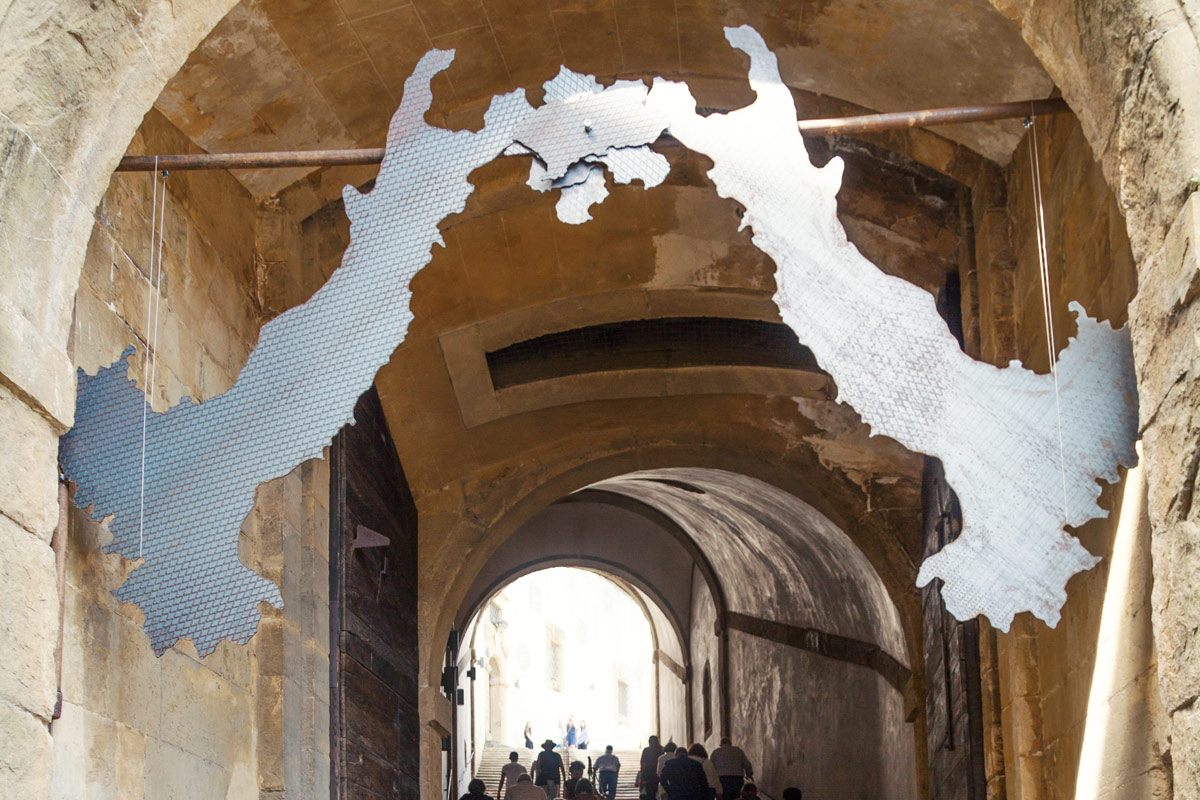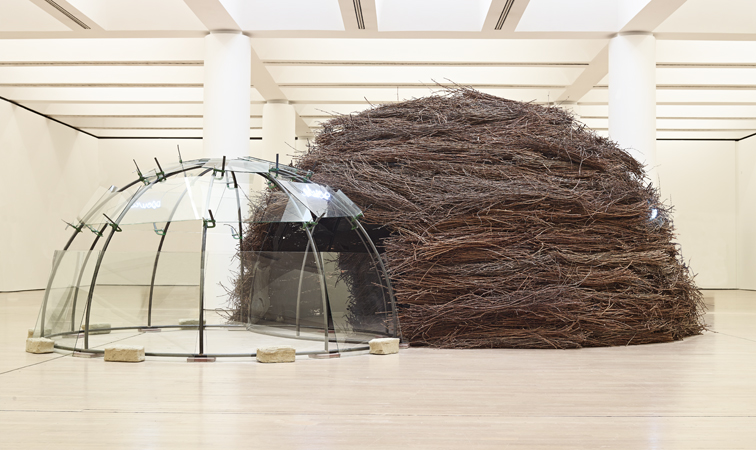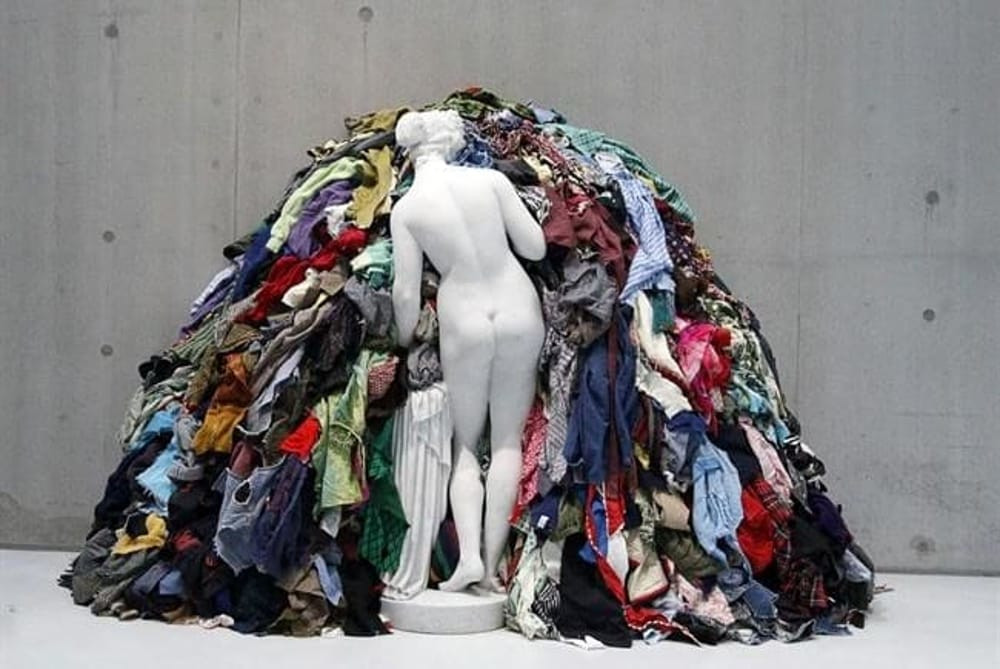
Do you know what Arte Povera is? Have you ever heard of it?
This art movement, born in 1960s Italy, revolutionised the world art scene by challenging conventions and introducing new materials and concepts.
In art and culture, Arte Povera is distinguished by its use of humble, everyday materials, such as paper, fabric and earth, to create works that engage the viewer in a direct and profound way.
In this post, we will explore together the origin, main exponents and distinctive features of Arte Povera, a phenomenon that has left an indelible mark on the history of contemporary art.
What is Arte Povera

Mario Merz, igloo
Arte povera is an international art movement that came to life in Italy in the 1960s. Many prominent artists such as Giulio Paolini, Pino Pascali and Luciano Fabro joined this movement, which had its official debut with an exhibition held in Genoa in 1967 at La Bertesca gallery.
Art critic Germano Celant, considered the theorist of the movement, coined the term “Arte Povera” in 1967, highlighting the artists’ tendency to use simple materials and to stand in contrast to traditional art.
CHARACTERISTICS OF ARTE POVERA
Arte povera is characterized by the use of humble and everyday materials, such as papier-mâché, salvaged fact and recycled objects. The artists of this movement have always wanted, from the beginning, to reduce art to the essentials, creating a language that would better respond to the reality of contemporary society.
In fact, Arte Povera is akin to a common feeling among twentieth-century artists, so this movement has similarities with Minimal Art.
According to Celant, art was meant to be a direct expression of reality, both natural and artificial, and the artists in the group sought to eliminate any form of mimetic representation from their research.
THE MAIN WORKS AND ARTISTS OF ARTE POVERA
Notable Arte Povera artists include Mario Merz, known for his “igloos” representing the primitive home, and Michelangelo Pistoletto, famous for his “Venus of rags,” an installation that places a classical statue in front of a mountain of rags.
Other significant Arte Povera artists include Giuseppe Penone, with his works focusing on nature and growth processes, and Luciano Fabro, famous for his “Italie,” which explore the concept of national identity through the use of different materials.

Pistoletto, Venere degli stracci
Arte Povera had a major impact in the art world, paving the way for new forms of expression and challenging traditional artistic conventions.
Through the use of simple materials and thanks also to the search for a more direct and authentic artistic language, Arte Povera artists made an alternative vision of art, that is, they wanted to celebrate material poverty as a source of creative richness of meaning.

